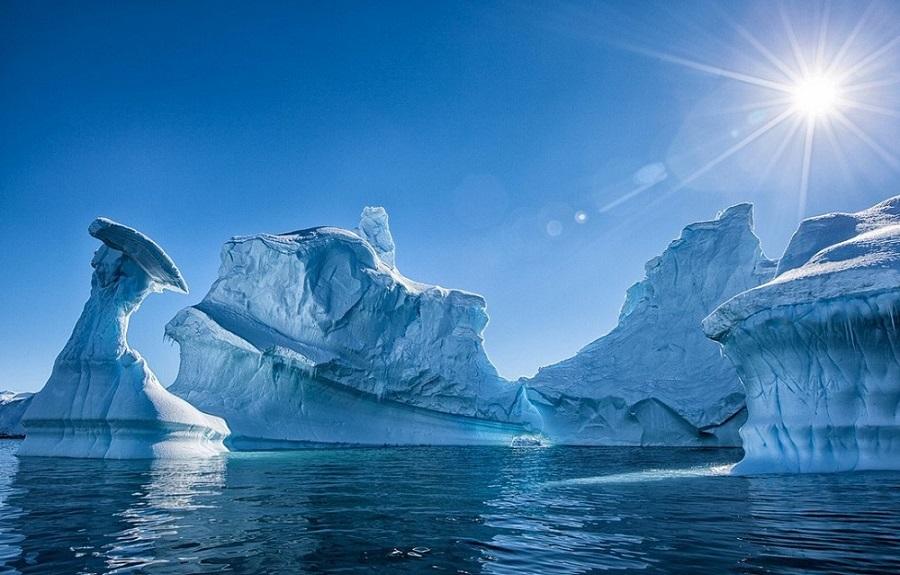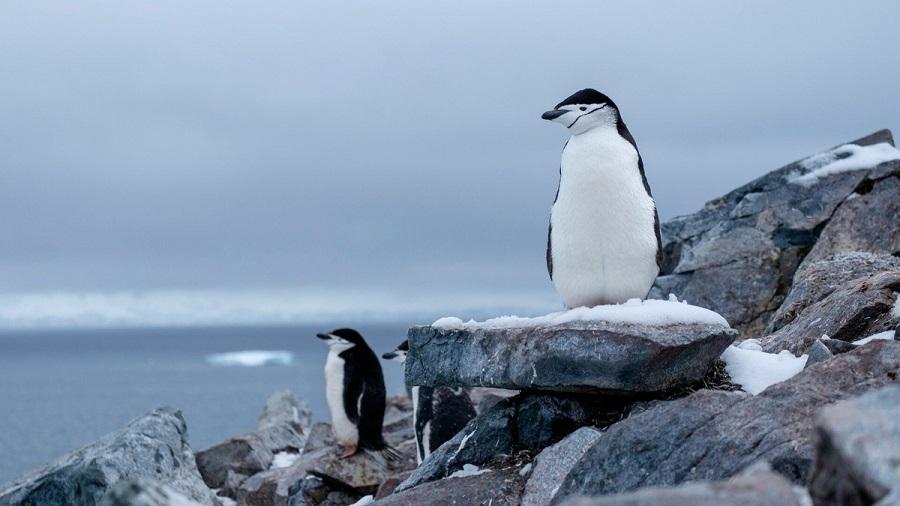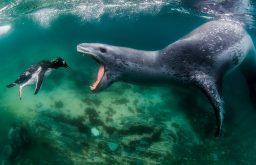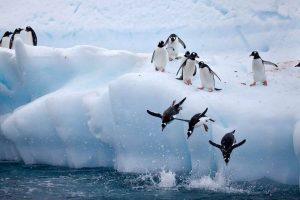
How did the river appear among the glaciers
Antarctica is the southernmost, coldest and highest continent on Earth. Many people associate Antarctica with frozen mountains and plains. Indeed, the mainland is 98% covered with ice. It’s hard to imagine that water can flow there, but nature knows how to surprise! How?
It is winter here in July and the temperature ranges from -60 to -32 °C. And summer January is comparable to winter in Siberia: the average temperature is from -32 to -16 °C. It is warmer on the coast in summer than on the mainland: the air can warm up to +10 °C. If it seems to you that in such a climate there is nowhere for rivers to come from, you are partly right. However, a couple of months a year the ice melts and turns into a stream of water.
Onyx is the longest river in Antarctica. Its length is 32 km, and for an icy continent it is really a lot, although in comparison with other rivers it is not enough. For example, the length of the Kama is 1,805 km, and the Volga is 3,530 km. Onyx flows only two months a year, in the Antarctic summer. At the same time, other streams with a length of no more than 1 km appear.
The river originates from the Wright Glacier in the mountains of the Transantarctic Range. In summer, the temperature rises above zero, and the lower part of the glacier begins to melt. Meltwater flows down the surface of the glacier and gradually forms the riverbed.
Most of the Onyx runs through the Wright Valley, one of the Dry McMurdo Valleys, the largest ice-free area in Antarctica. Then the river flows into Lake Wanda. By the way, it is considered hypersalted, because the salt concentration is 10 times higher than that of seawater.
There are no fish living in the river or in the lakes. But scientists have noticed that microorganisms live there, cyanobacteria and other algae bloom abundantly. So there is life there, albeit microscopic. Surprisingly, Onyx is not technically considered a real river.
From the point of view of geology, it is correct to call it “melt water flow”. There are a total of nine semi-permanent meltwater flows on the mainland. Onyx is the largest of them. But the geological uniqueness of Onyx against the background of other melt flows in Antarctica and the presence of the main features of the river allows us to call it a river. Such a natural phenomenon is of great scientific interest.
How to get to Antarctica

Photo: Derek Oyen / Unsplash
The only inhabitants of Antarctica are animals and employees of polar stations. Even 20 years ago, traveling to the mainland was an extremely dangerous activity. But thanks to the development of tourism, ordinary people, not just scientists, have the opportunity to go to the southernmost point of the planet. There are two options — a cruise by ship or a flight by plane.
As a rule, tours to Antarctica start from South America (Chile and Argentina), Australia and New Zealand. You can only get to the Antarctic Peninsula by ship. Tourist boats depart from Argentina in the summer (summer in the southern hemisphere lasts from December to February). Such a one-way trip will take about two days.
More than 90% of cruises to Antarctica depart from the city of Ushuaia in Chile. The journey from there takes about 2-3 days. Sometimes tourists travel from Punta Arenas in Chile, Buenos Aires and Puerto Madrina in Argentina, but cruises depart from there much less often.
The most popular departure point in New Zealand is Invercargill, and in Australia it is Hobart. Cruises from these ports are much less frequent than in South America, and last about a week. In addition, the climate in the eastern part of Antarctica is colder and windier.
On this trip, you will stop at the subantarctic islands of Macquarie, Campbell, Auckland and Snare. They are known for their unique wildlife, including king penguins, crested penguins and Schlegel penguins. If you cross the Drake Strait, the cruise may be postponed due to bad weather: the strait is notorious for frequent storms and storms.
There are three options by air. One-day tour. All departure points are located in Australia. Most of the planes fly from Melbourne and Sydney, sometimes from Perth. This tour is suitable for those who want to see Antarctica a little bit, but do not have time to freeze.
You do not need a visa to visit Antarctica — the mainland does not belong to any country. But you will need a special entry permit. As a rule, this is handled by the tour operator, but it is better to clarify this point with him in advance. You will only need medical insurance.
Evidence:
Antarctica has active volcanoes, such as Erebus. It is the southernmost active volcano on Earth;
Despite the harsh climate, Antarctica is home to animals: penguins, Weddell seals and sea leopards and other organisms;
In 1984, a group of New Zealand scientists, the Asgard Rangers, rafted down the Onyx River. Perhaps this was the first rafting in the history of Antarctica;
Unlike most rivers on Earth, Onyx flows out of the ocean rather than flowing into it.
By Kristina Kretsu
More amazing facts about Antarctica can be found here.


